We are currently recruiting PhD students in three different areas of experimental quantum physics. All three positions are fully funded, with a yearly salary of about €33000, with access to Sweden’s strong social security net.
The areas are 1) cavity QED microscope for single molecules, 2) Quantum computing in rare-earth crystals, 3) slow and fast light applications, described in more detail below.
1) Quantum optics in the context of chemical physics
To see the invisible – Quantum optics and fluorescence microscopy for detecting weakly emitting single molecules and functional nanoparticles
This project is connected to the quantum sensing part of the new Wallenberg center for quantum technology (WACQT), and has two main goals:
- To build a microscope that can enhance the emission properties of what it is looking at using the Purcell effect
- To use this microscope to study transitions that are otherwise dark in single molecules used e.g. in solar cells or modern optoelectronics
Full announcement and application submission is done online at: Announcement and application form
2) Quantum computing using Rare-earth ions
To explore the scalability of a rare-earth quantum computer based on single ions in a solid
Recently the rare-earth concept of quantum computing was funded by the EU Flagship on quantum technology with the purpose of demonstrating the usefulness of the rare-earth systems (SQUARE project). The targeted goals include showing high fidelity gates, qubit-qubit interactions and developing a roadmap to outline the best strategy for scaling up the concept demonstration to many qubits.
Full announcement and application submission is done online at (note: this deadline is 6/2): Announcement and application form
3) Applications of unique slow and fast light materials
To use spectral programming of rare-earth materials to generate materials with strong slow- and fast- light properties
Our ability to create materials with strong slow light features in the rare-earth crystals has led to several interesting applications that we are current pursuing: as high Q frequency filters with wide acceptance angle for medical optical imaging, and as an improvement to current cavities used in state-of-the-art laser frequency stabilization. This project will focus on the second part, and in addition aims to push further ahead and also investigate how effects of fast light (pulses faster than c) can be utilized.
Full announcement and application submission is done online at (note: same link as for area 2): Announcement and application form
